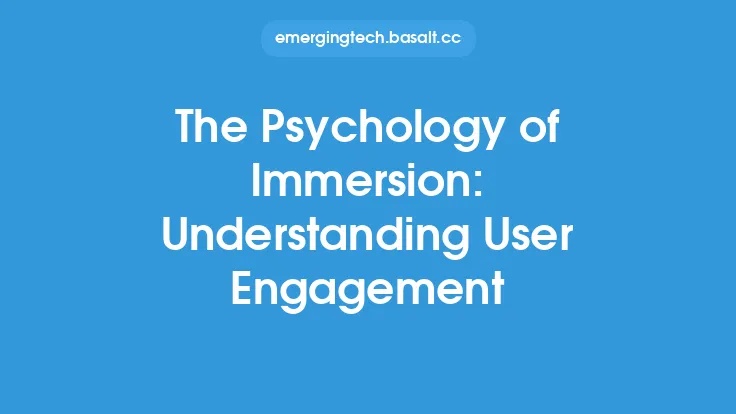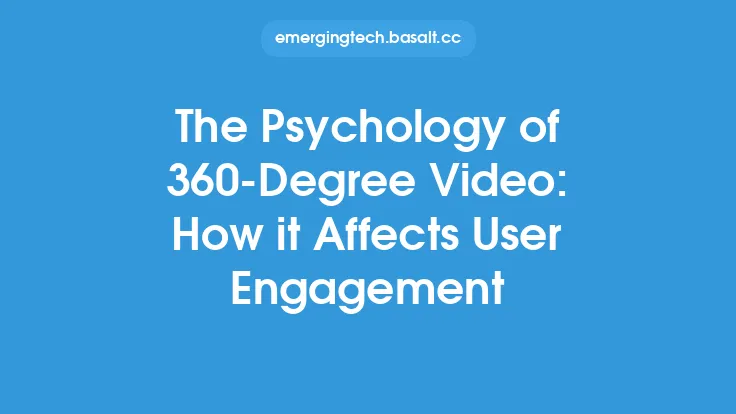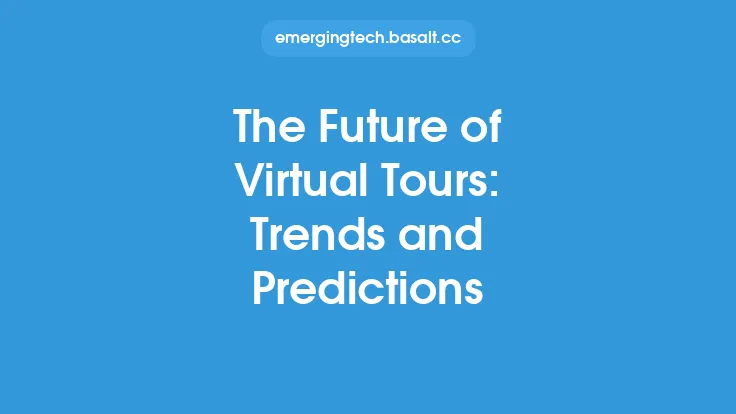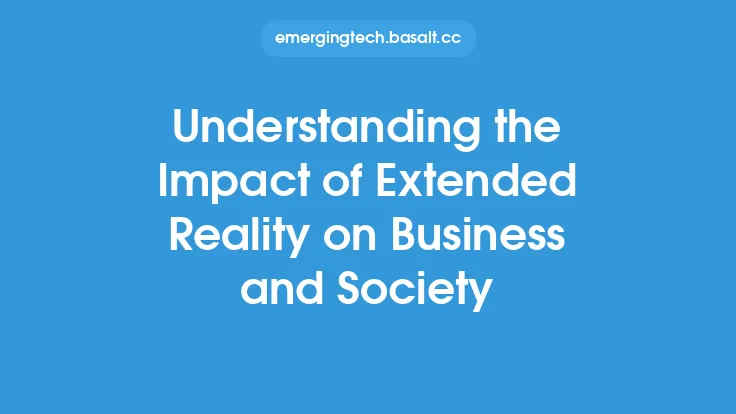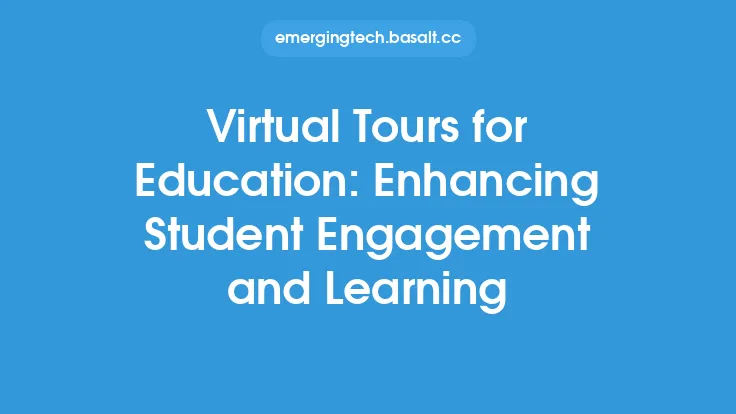The concept of virtual tours has been around for several years, but it's only recently that we've seen a significant surge in their popularity. As technology continues to advance and improve, virtual tours are becoming increasingly sophisticated, allowing users to explore and interact with virtual environments in a more immersive and engaging way. But what drives user behavior and engagement when it comes to virtual tours? To answer this question, we need to delve into the psychology behind virtual tours and explore the factors that influence user experience.
Introduction to Virtual Tour Psychology
The psychology of virtual tours is a complex and multifaceted field that draws on insights from psychology, neuroscience, and human-computer interaction. At its core, it's concerned with understanding how users perceive, process, and respond to virtual environments. This involves examining the cognitive, emotional, and social factors that influence user behavior and engagement. By understanding these factors, virtual tour designers and developers can create more effective and engaging experiences that meet the needs and expectations of their users.
Cognitive Factors
Cognitive factors play a crucial role in shaping user behavior and engagement in virtual tours. One of the key cognitive factors is attention, which refers to the ability to focus on specific aspects of the virtual environment while ignoring others. Virtual tour designers can use various techniques to capture and direct user attention, such as using visual cues, audio narration, and interactive elements. Another important cognitive factor is working memory, which refers to the ability to hold and manipulate information in working memory. Virtual tours that are too complex or overwhelming can overload working memory, leading to cognitive fatigue and decreased engagement.
Emotional Factors
Emotional factors are also critical in determining user behavior and engagement in virtual tours. Emotions such as excitement, curiosity, and wonder can enhance user experience and encourage exploration and interaction. Virtual tour designers can use various techniques to evoke emotions, such as using immersive storytelling, stunning visuals, and interactive elements. For example, a virtual tour of a museum could use narrative techniques to bring the artwork to life, creating an emotional connection with the user. Additionally, virtual tours can also evoke feelings of nostalgia, nostalgia, and empathy, which can deepen user engagement and create a sense of connection with the virtual environment.
Social Factors
Social factors also play a significant role in shaping user behavior and engagement in virtual tours. Social presence, which refers to the sense of being with others in a virtual environment, can enhance user experience and encourage social interaction. Virtual tour designers can use various techniques to create social presence, such as using avatars, chat functionality, and collaborative tools. For example, a virtual tour of a historical site could allow users to interact with each other in real-time, creating a sense of community and shared experience. Additionally, social factors such as social identity and social influence can also impact user behavior and engagement, with users being more likely to engage with virtual tours that reflect their social values and norms.
Technical Factors
Technical factors are also essential in determining user behavior and engagement in virtual tours. Technical aspects such as graphics quality, frame rate, and latency can significantly impact user experience, with high-quality graphics and smooth performance enhancing engagement and immersion. Virtual tour designers can use various techniques to optimize technical performance, such as using compression algorithms, caching, and content delivery networks. Additionally, technical factors such as accessibility and usability are also critical, with virtual tours needing to be accessible to users with disabilities and easy to use for users of all skill levels.
User Experience Design
User experience (UX) design is a critical aspect of virtual tour development, as it involves creating an engaging and intuitive interface that meets the needs and expectations of users. UX designers use various techniques to create an effective UX, such as user research, wireframing, and prototyping. For example, a UX designer might conduct user research to understand the needs and preferences of users, and then use this information to create a wireframe of the virtual tour interface. The wireframe can then be tested and refined through prototyping and usability testing, ensuring that the final product is intuitive, engaging, and effective.
Evaluation and Testing
Evaluation and testing are essential components of virtual tour development, as they involve assessing the effectiveness and usability of the virtual tour. Virtual tour designers can use various evaluation methods, such as usability testing, heuristic evaluation, and user surveys, to assess the virtual tour's usability, engagement, and overall user experience. For example, a usability test might involve asking users to complete a series of tasks within the virtual tour, while thinking aloud to provide feedback on the interface and overall experience. This feedback can then be used to refine and improve the virtual tour, ensuring that it meets the needs and expectations of users.
Conclusion
The psychology of virtual tours is a complex and multifaceted field that involves understanding the cognitive, emotional, social, and technical factors that influence user behavior and engagement. By examining these factors and using various design and evaluation techniques, virtual tour designers and developers can create more effective and engaging experiences that meet the needs and expectations of their users. As virtual tours continue to evolve and improve, it's essential to stay up-to-date with the latest research and trends in virtual tour psychology, ensuring that virtual tours remain an engaging and immersive way to explore and interact with virtual environments.
